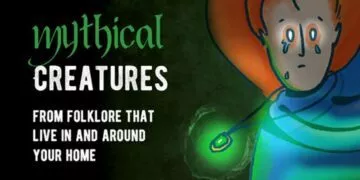Mermaids, amongst other mystical creatures, play a huge part in popular culture. But are they real, or have they existed in the past?
These creatures of natural beauty that live in the vast oceans have existed in books, texts, and movies for hundreds of years.
Is this because they were once real like dinosaurs, or are they a dreamy illusion that keeps us creative and fuels our imagination?
In this article, we will look at the history of mermaids and determine if they are real.
What are mermaids?
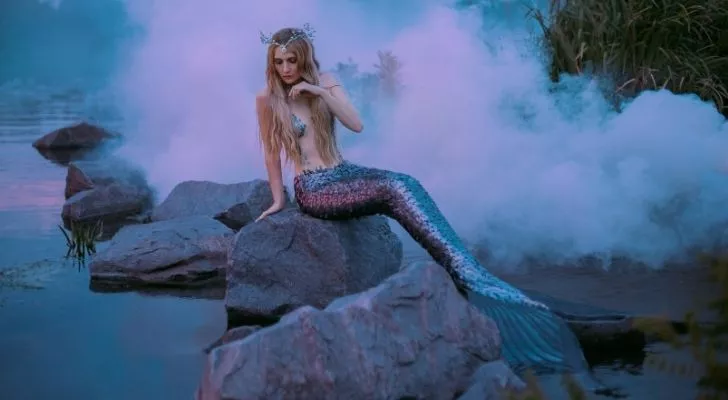
Mermaids are beautiful creatures that consist of a woman’s upper body attached to a beautiful fishtail, and they have appeared in texts for hundreds of years.
The mystical beings have been written about in folklore across Europe, Asia, and Africa.
The legend of mermaids comes from the tales of Merfolk or Merpeople.
The Merfolk were known as water-dwelling humans; mermaids were the name for the female representations of these mystical beings.
Mermen were the male water dwellers.
There is no evidence that they are real, as their representations appear within folklore and mythology, but it is possible that Merfolk existed, however, not how we depict them today.
What defines a mermaid?
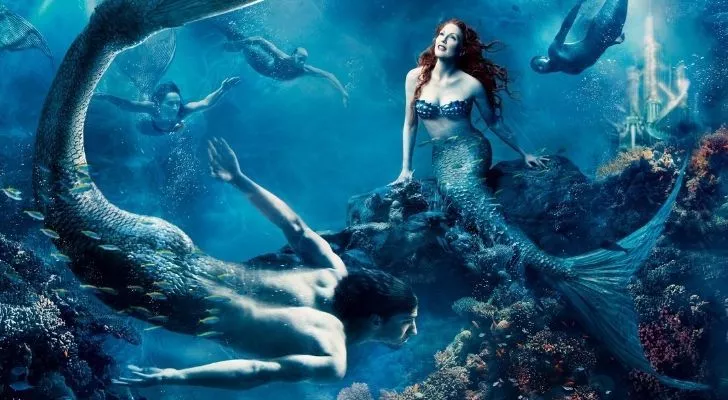
Mermaids have been represented in varied ways across the world, from seductive evil creatures of the sea to beautiful, elegant women.
Mermaids are represented in two lights. The first is that they are evil temptresses that lure sailors into the sea with their seductive songs and attractive looks.
The other is that they are women of the sea, like a sea goddess, painted or depicted in a beautiful, elegant manner.
They are shown to be lonely and longing for a man or relationship and to be human.
These depictions of good and evil representations have adapted over time and have been heavily influenced by Germanic Romantic poets and post-romantic painters.
In Greek mythology, they are known as sirens; they were dangerous creatures that tempted sailors.
When was the first documentation of a mermaid?
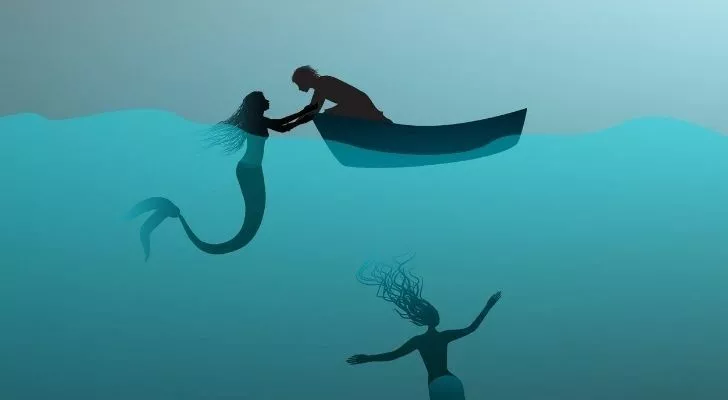
One of the first documentations of Merfolk comes from a Chinese text written in the fourth century BC.
The Shanhaijing is a classical Chinese text that speaks of mythical beasts, the mountains, and the great geography of the area.
In China, “jiāorén” translates to shark people and is widely written about across medieval texts.
The first appearance of documenting mermen being in the “Record of strange things” text written in the early sixth century CE.
Mermaids appear in Homer’s Odyssey written around 675–725 BCE, where their seductive singing is the killer of men at sea.
This is the first literary text that describes their tempting songs luring sailors in, but in this poem, they manage to escape uninjured.
Mermaids also appear in Assyria around 1,000 BC.
The legend tells of the goddess Atargatis and her transformation into a mermaid after jumping into a lake following feeling ashamed of killing her lover.
She was unable to take the full form of a fish but instead turned into a mermaid because of her beauty.
She is known as the goddess Derketo in Greek mythology.
When was the first sighting of a mermaid?
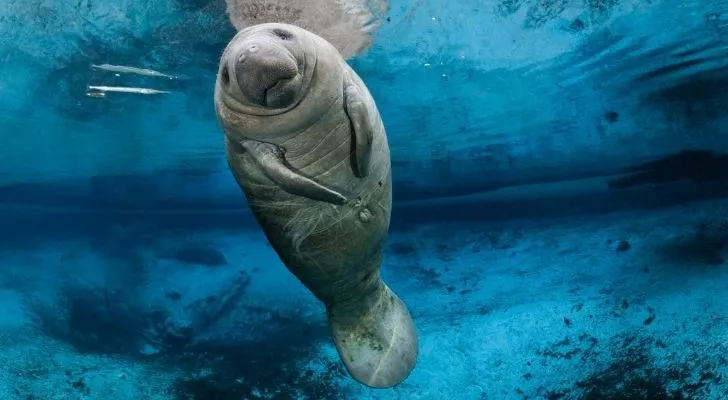
The most famous documented sighting of an actual mermaid was by Christopher Columbus.
On January 9, 1493, he wrote in his logbook that he had witnessed something magical and never seen before.
Off the coast of Africa, Columbus witnessed three mermaids that elevated above the surface of the sea.
He described them very differently from folklore tales. They weren’t as beautiful and magical but simpler and fish-like with human faces.
It is argued that he was mistaken and actually saw manatees or other sea creatures that could be confused with mermaids if seen from a distance.
Who was The Little Mermaid?
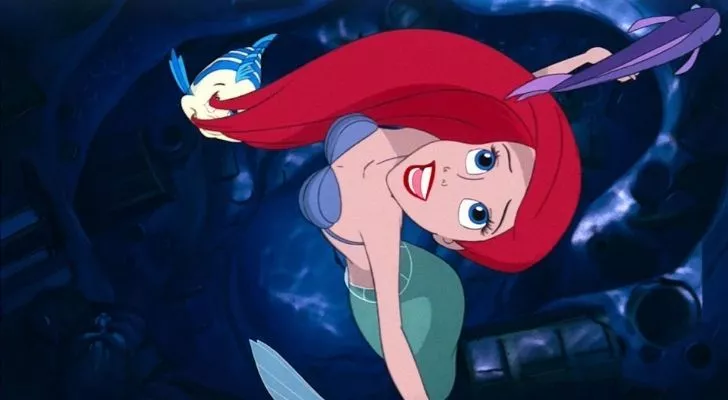
The Little Mermaid is one of history’s most famous mermaid stories, after being produced into a film by Disney in 1989.
The story, originally written by Hans Christian Andersen in 1837, told the tale of a lonely mermaid who was willing to give up her life in the ocean for a real human soul.
The story was one of the first where a tragic tale of a mermaid turned into a story with a happy ending, and it is possibly the most famous mermaid tale across the world.
This was one of the first stories that showed a mermaid to be naïve and innocent, unlike most other depictions of seductive temptresses.
There is a mermaid statue in Copenhagen, Denmark, where the story was written, and it is a popular monument for tourists to visit.
In Conclusion
There is no doubt that the fascination of mermaids will continue to be passed on from generation to generation.
But the question of their existence is unknown and suggests that perhaps there may have been sightings or texts that describe them, but it isn’t solid evidence to suggest they exist.
Another theory is that the Merfolk could have existed across folklore, but just because they lived by the sea does not mean they resembled a half-fish half-human creature.
It could be that the descriptions have been interpreted many years later to depict a mythical creature.
Although they live in folklore tales, there is not strong enough evidence to suggest they exist in real life.


